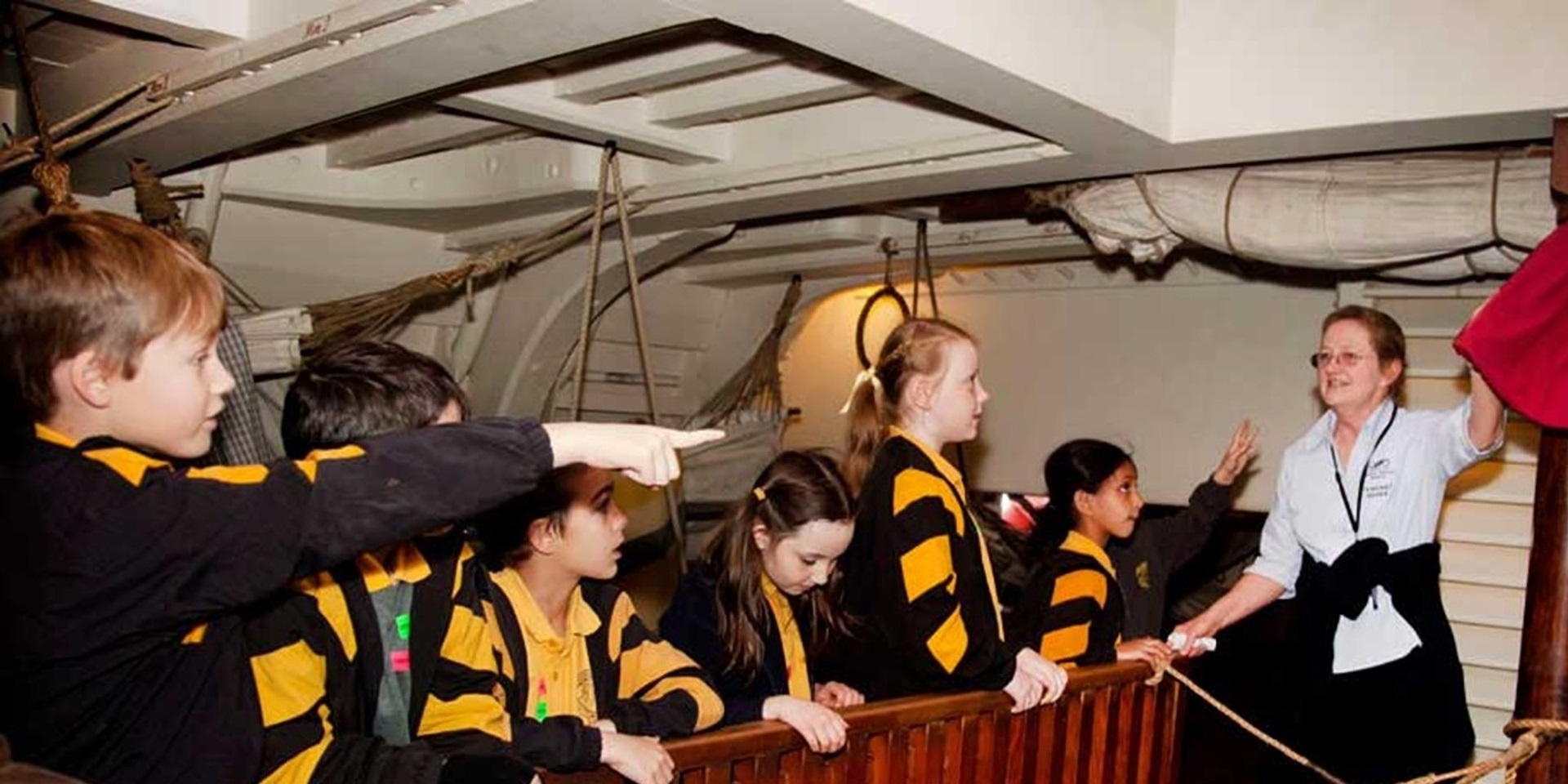Discussion Point – Lightning
This discussion point links to the Years 5–6 ‘Design and Technologies’ unit and Year 6 ‘Science’. These curriculum links are listed at the bottom of the page.
What is lightning?
Lightning strikes are bigger, hotter, stronger versions of static electric shocks – the kind you can get from a car door or if you have been walking around barefoot on carpet.
Lightning occurs when bits of water (ice and rain) in the clouds rub together. This rubbing causes a negative charge to build up on the bottom of the clouds. When this charge gets big enough it is released towards the ground, which is positively charged.
How does lightning ‘choose’ where to strike?
Lightning, like all electricity, is lazy; it will always take the easiest path. Lightning appears jagged because it is looking for the easiest path. The easiest path for electricity is provided by things that are good conductors. Conductors allow electricity to travel through them easily. An example of a good conductor is metal.
Air is a very bad conductor of electricity and any solid object will provide an easier path. This is true even if that solid object is something like wood, which is also considered a bad conductor. Tall objects are more likely to be found first and that’s why lightning is more likely to hit the tallest object. Shorter and smaller objects can still be hit if the taller objects in the area are not ‘found’ by the lightning.
What are the chances of lighting hitting a ship?
A ship’s mast is a very high point, so it has an increased chance of being struck by lightning. Air and wood are bad conductors of electricity, but wood is slightly better and so lightning is ‘attracted’ to wooden masts. A tall-ship, if caught in a lighting storm, has a high chance of being struck by lightning (assuming its masts are the highest in the area). This was especially true in the 1700s, when there were fewer tall objects around to provide alternative paths for lightning.
Thunderstorms exist when there is both warm and cold air, and a difference between the amounts of moisture between these two areas. This means thunderstorms and lightning are more likely to occur on coastlines and over land. Lightning storms rarely form over deep ocean areas; there is not enough warm air movement in the middle of the ocean. A ship is most likely to be hit when it is docked, moored in a bay, or near a coastline.
History of lightning
Benjamin Franklin had started theorising on the properties of lightning in the 1750s. Before then it wasn’t even known that lightning was electrical. HMB Endeavour was launched 18 years after Franklin’s initial research, when there were no consistent methods of protecting vessels from being struck by lightning.
Endeavour and Lightning
HMB Endeavour was struck by lightning when it was docked at Batavia in 1770. Luckily Endeavour had a metal lightning chain. This lightning chain was an earlier version of a lightning rod and it provided a path of least resistance for the lightning to travel. It directed the lightning safely into the water, bypassing the ship itself, and thus saving the ship from damage.
A nearby Dutch ship was less lucky and had three of its masts split when it was hit by lightning. The Dutch ship had a metal cap on the top of its mast, but it did not have a full lightning rod to re-direct the lightning. The Dutch vessel attracted the lightning but it did not prevent it from travelling through the ship!
Activity
Static electricity
Static electricity is a non-moving, static, electrical charge. It occurs when two objects, with certain properties, rub together. One object must be able to give up some of its electrons (wool, hair) and the other is able to accept the electrons (rubber, plastic). Static electricity occurs all the time. You may have experienced a shock when combing your hair or walking across carpet; this is static electricity.
Activity – Sticky balloons
- Blow up a balloon and tie off the end.
- Put the balloon against a wall and let it go. What happens?
- Rub the balloon vigorously across a piece of wool (jumper, scarf etc) or rub it on your hair (this works best if your hair is clean and dry).
- Put the balloon against a wall and let it go. What happens?
Rubbing the balloon across wool or hair has ‘charged’ the balloon. The balloon has become negatively charged by taking some the electrons from the wool or hair. The wall is now more positively charged than the negatively charged balloon. As opposite forces attract each other, the balloon sticks to the wall.
- Blow up two balloons and tie off the ends. Attach a piece of string to each balloon.
- Rub both balloons vigorously across a piece of wool (jumper, scarf etc) or rub them on your hair (this works best if your hair is clean and dry).
- In each hand hold the end of one balloon’s string, letting the balloons hang down. Bring your hands, and therefore the balloons, closer together. What happens?
Rubbing the balloons with wool or hair has ‘charged’ the balloon. The balloons have become negatively charged by taking some the electrons from the wool or hair. Both balloons are negatively charged. As like forces repel each other, the balloons will move apart from each other.
Australian National Curriculum Links
Year 6
Science
Science Understanding
- Electrical energy can be transferred and transformed in electrical circuits and can be generated from a range of sources (ACSSU097)
Year 5-6
Design and Technologies
Design and Technologies Knowledge and Understanding
- Investigate characteristics and properties of a range of materials, systems, components, tools and equipment and evaluate the impact of their use (ACTDEK023)
